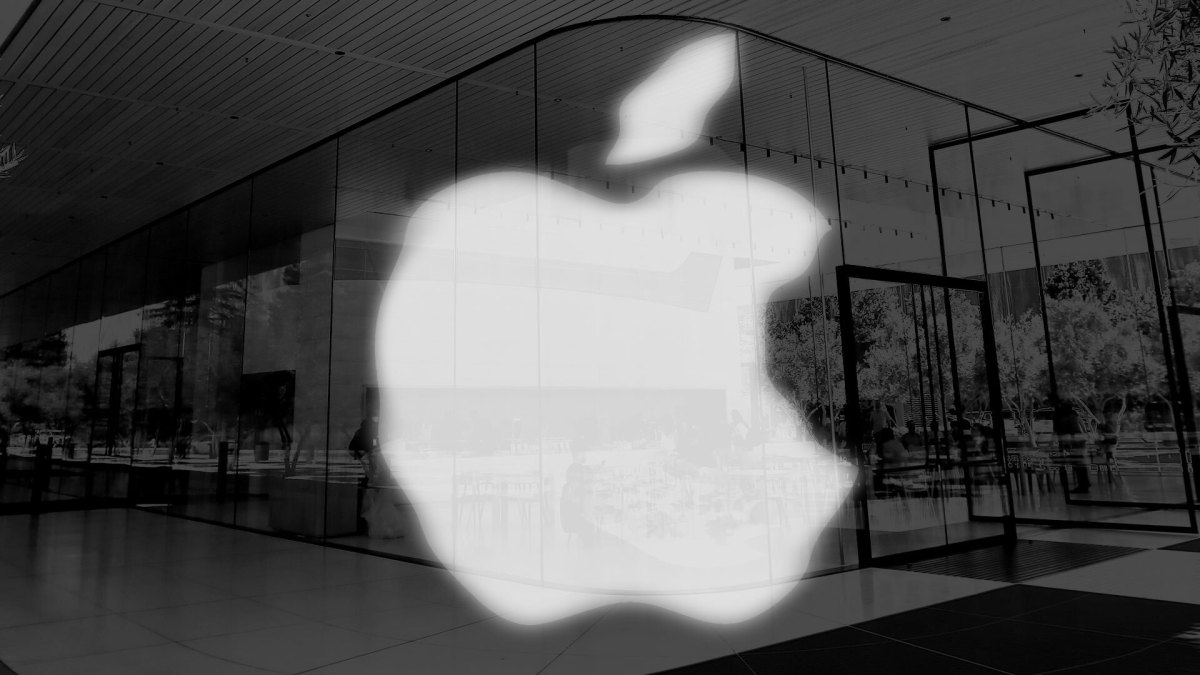HDI PCBs
A PCB’s layers are interconnected through vias. Vias are conductive channels that connect the inner layers of a circuit board to components and traces on the surface. They can be used to route signals from one layer to another, and they are essential in HDI (high-density interconnect) PCBs. Vias come in various shapes and sizes, but blind and buried vias are the ones most utilized in HDI PCBs.
Blind and buried vias are controlled-depth vias that are used in high-density interconnect PCBs (HDI). They are also known as hidden vias because they are not visible from the outside of the board. The main advantage of these vias is that they allow interconnection to take place without consuming more space than necessary on the hdi pcb. Through holes, on the other hand, consume more board real estate and reduce the amount of space available for wiring.
In order to drill blind and buried vias, a laser is employed that can penetrate the copper layer and underlying dielectric material at once. This method allows the drilling of blind and buried vias in a single step, which saves time and money during production. The resulting hole is then filled or plugged with a polymer or solder resist to prevent solder from entering the via and decreasing reliability.

Blind Vias and How They Are Utilized in HDI PCBs
There are different methods for creating these vias, depending on the type of drilling required. Blind vias can be drilled using mechanical drills, but they are more commonly created through the use of a laser. The resulting holes are then filled with copper or plugged with solder resist.
As the lead pitches of component chips become smaller, the need for more connections in HDI PCBs becomes greater. Using blind and buried vias is the best way to make sure that signal lines can be connected across multiple layers. They are especially useful for high-speed digital circuits because they can reduce insertion loss and increase speed.
In addition to their ability to reduce insertion loss, blind and buried vias can also improve signal integrity by reducing the distance of signal paths. This can be an important factor in high-speed applications, as signal losses can increase with increasing distances.
Blind and buried vias can be used on any type of PCB, but they are particularly valuable in high-density interconnect PCBs, which are becoming more common in today’s electronic devices. High-density PCBs are designed to be smaller and lighter, which makes them more ideal for consumer electronics like tablets, laptops, cellphones, and similar products.
If you’re looking for a company that can offer you fast and accurate PCB manufacturing with blind and buried vias, contact Advanced Circuits. Our team will provide you with an instant quote, so you can know exactly how much your project will cost before you make any commitments. We are committed to providing excellent manufacturing, reliable products, and superior customer service. Call us today to learn more about our services!




